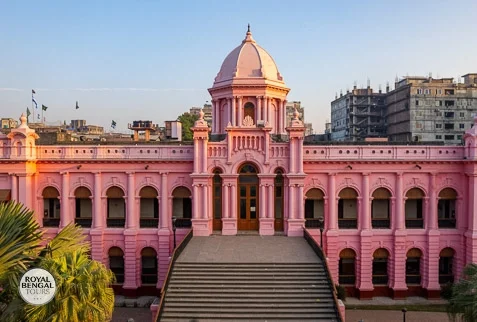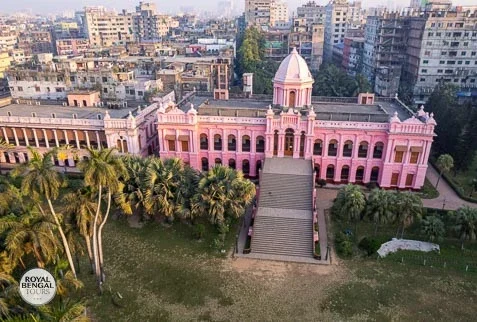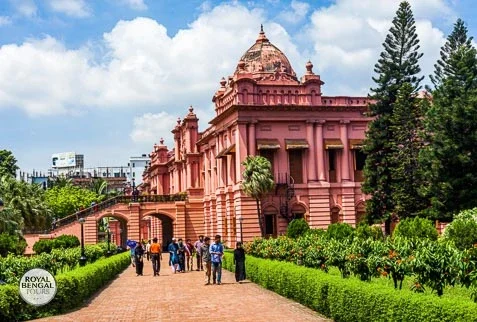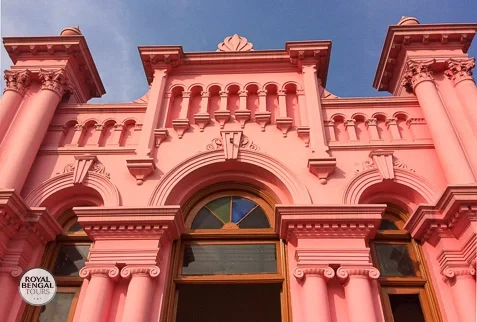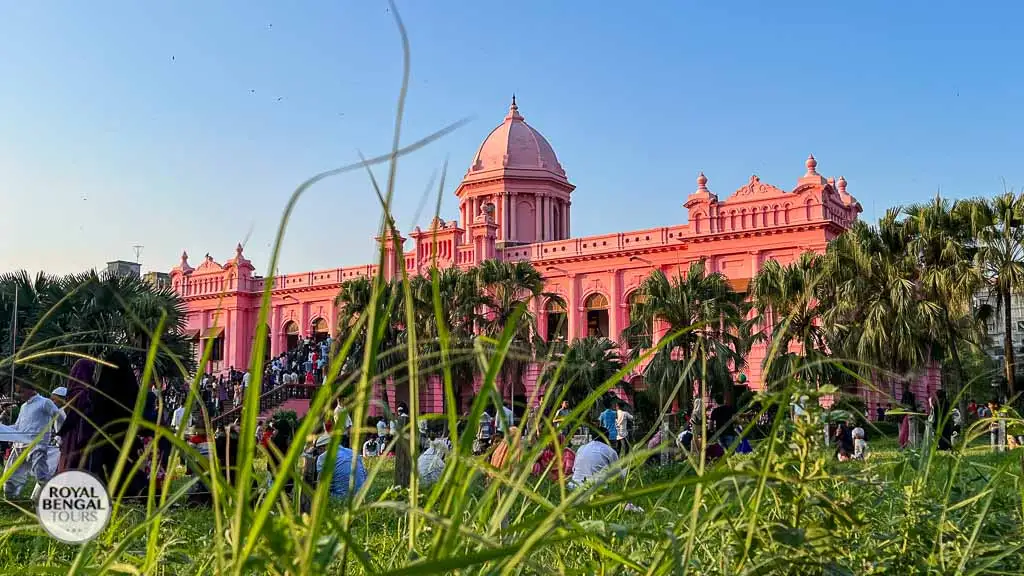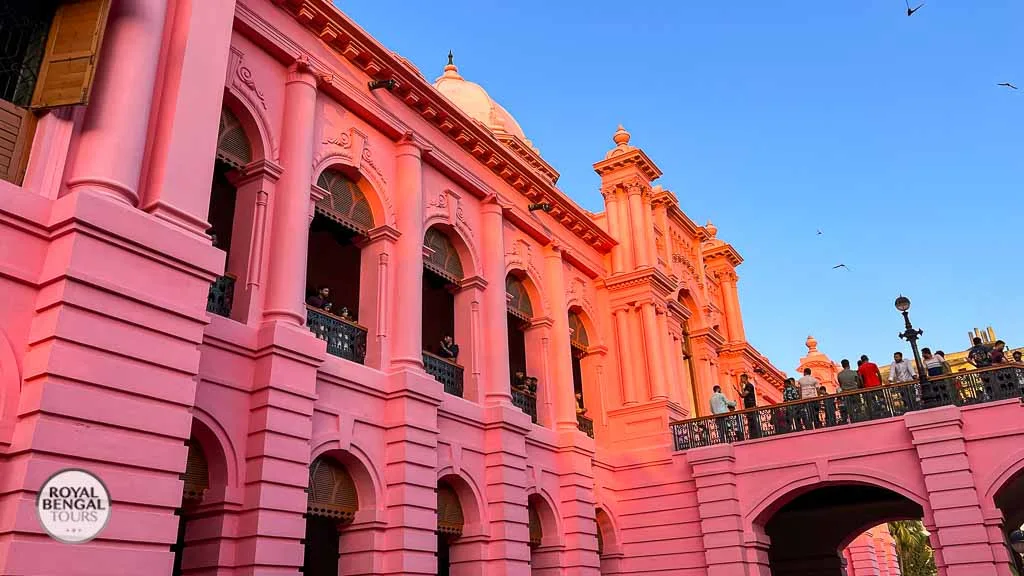The construction of Ahsan Manzil was completed in 1872 during the reign of Nawab Sir Khwaja Abdul Ghani. The palace was built on the banks of the Buriganga River and was used as the residence of the Nawab family. The palace was named after Nawab Ahsanullah Bahadur, the grandson of Nawab Abdul Ghani, who inherited the property.
The property then came into the hands of Khwaja Alimullah, who was a prominent merchant and leader of Dhaka’s Muslim community. He renovated Rong Mahal and turned it into his residence. He also built a mosque and some other important structures in this area. His son, Khwaja Abdul Ghani, inherited the property after his father’s death in 1854. He named it Ahsan Manzil after his son Khwaja Ahsanullah.
Khwaja Abdul Ghani was one of the most powerful and influential Nawabs of Dhaka. He expanded his estate by acquiring more lands around Ahsan Manzil. He also played an important role in improving the infrastructure, education, health care, trade, and social welfare of Dhaka. He was known for his generosity and patronage of arts and culture.
Khwaja Abdul Ghani built a new building on Ahsan Manzil’s property in 1859 that resembled European architecture with domes and pillars. He called it Rangmahal (Colorful Palace) because he painted it with different colours every year according to his mood. He connected Rangmahal with his old residence by a wooden bridge on the first floor.
In 1888, Ahsan Manzil suffered severe damage from a tornado that destroyed most of its buildings except for Rangmahal. Khwaja Abdul Ghani decided to rebuild Ahsan Manzil with more strength and beauty than before. He hired an English architect named Martin & Co., who designed Ahsan Manzil with an Indo-Saracenic style that blended Islamic and European elements.
The reconstruction work was completed in 1872 under Khwaja Abdul Ghani’s supervision until he died in 1896 at age 87 years old. His son Khwaja Ahsanullah continued his father’s legacy by maintaining Ahsan Manzil as well as supporting various causes such as education, religion, charity, etc. He also added some features, such as electric lights, gas lamps, water pumps, etc . to modernize Ahsan Manzil.
Khwaja Ahsanullah was also known for hosting lavish parties, receptions, ceremonies, etc. at Ahsan Manzil for distinguished guests such as British officials, Indian princes, foreign dignitaries, etc. He also invited famous poets, musicians, artists, scholars, etc. to perform or present at Ahsan Manzil. He died in 1901 at age 53 years old.



